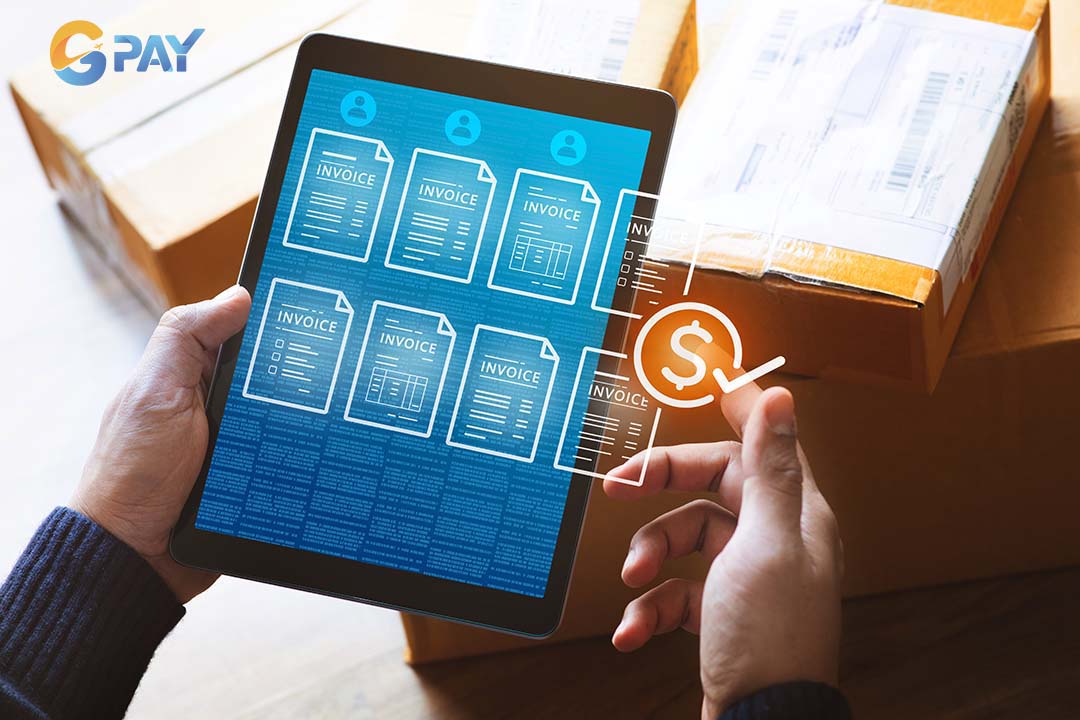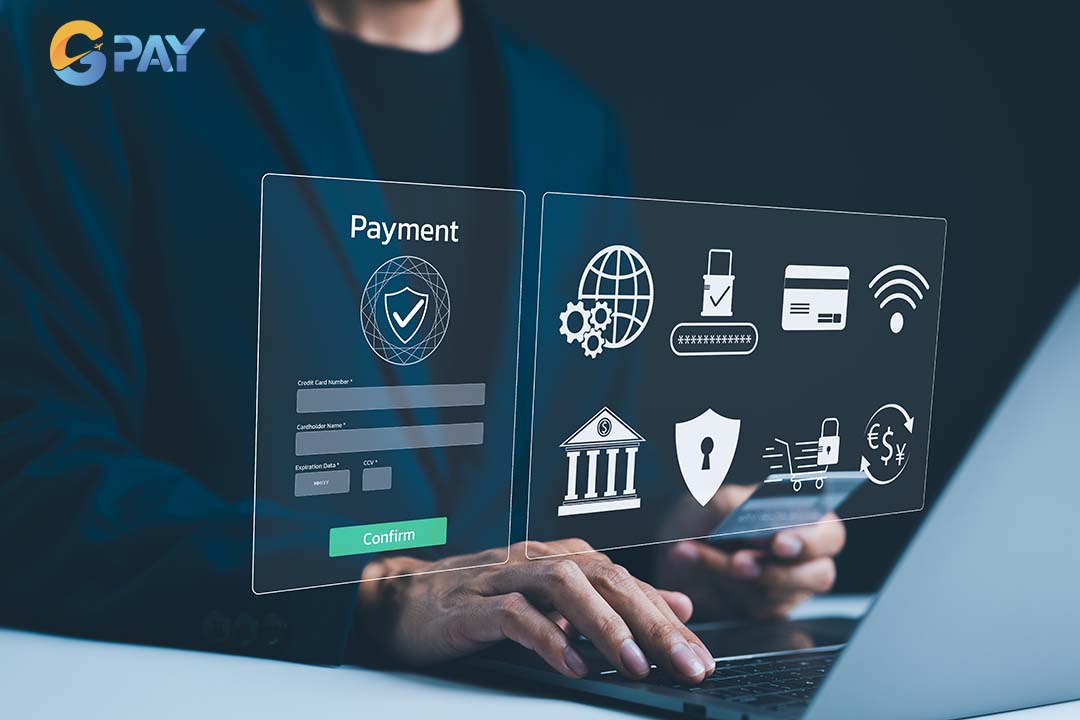Choosing a payment gateway for an eLearning website is about integrating a transaction tool. It is a crucial step that determines user experience, conversion rates, and brand reputation. As learners increasingly expect seamless, secure, and convenient payment processes, making the wrong choice can cost you business opportunities right at the payment page. This article guides you in choosing the ideal payment gateway based on user behavior, learning models, and growth strategies. Behind every technical decision is a strategic mindset you should not overlook.
Definition and role of a payment gateway
A payment gateway is a platform that securely processes electronic payments from methods like credit cards, debit cards, and e-wallets. They serve as a bridge between customers, businesses, and financial institutions, ensuring that payment information is transmitted securely and accurately.
The importance of payment gateways for elearning platforms
For eLearning platforms, a payment gateway plays an essential role in:
Simplify the course registration process: An effective payment gateway eliminates unnecessary steps, minimizes barriers during registration and payment, thereby increasing learner conversion rates.
Supporting recurring revenue models: Many eLearning platforms adopt monthly or annual subscription models. A payment gateway automates the recurring billing process, ensuring stable revenue and minimizing manual management work.
Expanding market reach: By supporting various payment methods and currencies, payment gateways enable eLearning platforms to reach learners globally, catering to diverse audiences.

A payment gateway is essential for eLearning platforms to streamline registration, automate recurring billing, and support global expansion
Trends in payment gateway integration in online education
Integrating payment gateways into online education platforms is becoming an inevitable trend:
The rise of cashless payments: With the increase in digital payment methods such as QR codes and e-wallets, eLearning platforms are actively integrating payment gateways to meet the growing demands of users.
Digital transformation in education: The digital transformation of higher education is being strongly promoted, with the integration of digital technologies into teaching and management activities. This includes the use of payment gateways to optimize tuition fee payments and related services.
The emergence of platforms supporting online education: Platforms like Hachium offer services to build course websites with integrated payment gateways, video protection, and interactive virtual classrooms, helping educational institutions implement online education effectively.
Criteria for choosing a suitable payment gateway for an eLearning website
Choosing the wrong payment gateway can disrupt users' learning journeys. For eLearning platforms, where user experience and scalability matter, choosing a payment gateway requires more than just low fees or easy integration. Below are five important criteria that any digital education platform manager should consider.
Support for various payment methods (local, international cards, e-wallets)
Diversity in payment methods is no longer just a plus – it has become a mandatory standard for eLearning platforms. While domestic users often prefer ATM cards, local bank transfers, or popular e-wallets, international learners need options like credit cards or cross-border payment gateways. Selecting a gateway that supports multi-platform, multi-method payments broadens your potential user base.
Ability to process transactions quickly and stably
In a digital environment, speed is the key to user experience. An ideal payment gateway for eLearning should meet the following criteria:
Processing speed: Transactions should be completed within 1-3 seconds. Any delay could cause learners to doubt the security of the platform.
High success rate: A payment gateway with low uptime or an easily faulty system directly impacts user retention.
Ability to process simultaneous transactions: During promotional campaigns or peak times (e.g., back-to-school, start of the semester), the system must maintain stable performance.

An ideal payment gateway for eLearning should process transactions in 1-3 seconds, maintain a high success rate, and handle traffic spikes during peak periods
Integration capability with existing LMS and CMS
The ability to seamlessly integrate with platforms like Moodle, Thinkific, WordPress, or LearnDash is key to ensuring smooth operation. A suitable payment gateway should have:
Open API and complete technical documentation for easy connection by the technical team.
Support for webhooks and automatic invoice synchronization to track payments in real-time.
Native integration with LMS or CMS systems to reduce deployment time and minimize sync errors.
For SaaS-based eLearning platforms, prioritizing gateways with pre-built plugins can help minimize initial development costs.
Technical support and customer service
Even the best systems can encounter issues. What differentiates a stable payment gateway from a risky solution is the availability of technical support.
Key factors to pay attention to include:
Multilingual and multi-channel support.
Average response time (SLA): A professional payment gateway typically commits to responding within 1-2 business hours.
Self-help resources: Having documentation, instructional videos, and technical forums.
Dispute resolution: The system should have clear, rapid mechanisms to support refunds or complaints.
Analyzing and tracking payment gateway performance
Choosing and integrating the perfect payment gateway is a critical step in ensuring successful transactions on eLearning websites. However, it’s not just about integrating the gateway, analyzing and tracking its performance is key to optimizing user experience and improving conversion rates.
Using analytics tools to track transactions
Using analytics tools is crucial for monitoring payment gateway performance. These tools help collect and process transaction data, providing insights into transaction volume, average transaction value, failure rates, and other key information. Popular tools like Google Analytics, Mixpanel, or payment gateway-specific tools help you analyze user behavior before and after transactions. This helps identify strengths and weaknesses in the payment process.

Analytics tools help track payment performance, providing insights into transaction data and user behavior to identify areas for improvement
Evaluating conversion rate and revenue
One of the most important metrics when evaluating payment gateway performance is the conversion rate. This is the ratio of users who complete transactions to the total number of visitors to the payment page. Tracking and evaluating conversion rates helps you assess whether your payment gateway is truly convenient and easy to use for learners. In addition to conversion rates, revenue is another crucial factor in performance analysis. You can combine analytics tools with data from learning management systems (LMS) to get a comprehensive view of the profitability of each transaction.
Identifying and resolving payment process issues
While tracking performance, identifying issues in the payment process is vital. These could include system errors, interrupted transactions, or issues related to the compatibility of the payment gateway with different devices and browsers.
For example, if there is a high failure rate during a particular time frame, you need to identify the cause – it could be a system glitch or a complex payment process. Identifying the root cause allows you to resolve the issue and maintain user satisfaction.
Optimizing the payment process based on collected data
After analyzing transaction data, optimizing the payment process is the next step to improve performance. Based on metrics such as conversion rate, transaction failure rate, and transaction completion time, you can adjust the payment process to make it smoother and quicker.
Some optimization strategies could include:
Reducing the number of steps in the payment process.
Integrating popular payment methods to shorten transaction times.
Ensuring a user-friendly interface and clear instructions.
Strengthening security during payment steps.
Using GPay, a global payment gateway for your business
GPay is a global payment gateway trusted in over 173 countries, offering robust support for high-risk industries such as travel, gaming, and eLearning. It stands out with its wide range of payment methods, multi-currency processing, and advanced 3D Secure authentication ensuring safe and seamless transactions across international markets.
Designed for scalability and global reach, GPay empowers businesses to accept payments from diverse customer bases without friction. Its strong fraud protection and compliance with international security standards make it ideal for platforms handling sensitive user data. On top of that, GPay features a user-friendly interface and smooth integration, making it a top choice for platforms serving global users, especially in education and digital entertainment.

GPay is a global payment gateway with multi-currency support, ideal for eLearning platforms
With this information, you can immediately apply it to select and integrate an effective payment gateway for your eLearning website. If you’re looking for a user-friendly and highly secure global payment solution, GPay might be an ideal choice. Contact GPay for expert advice on how to optimize your payment process for your eLearning website and start integrating today.

